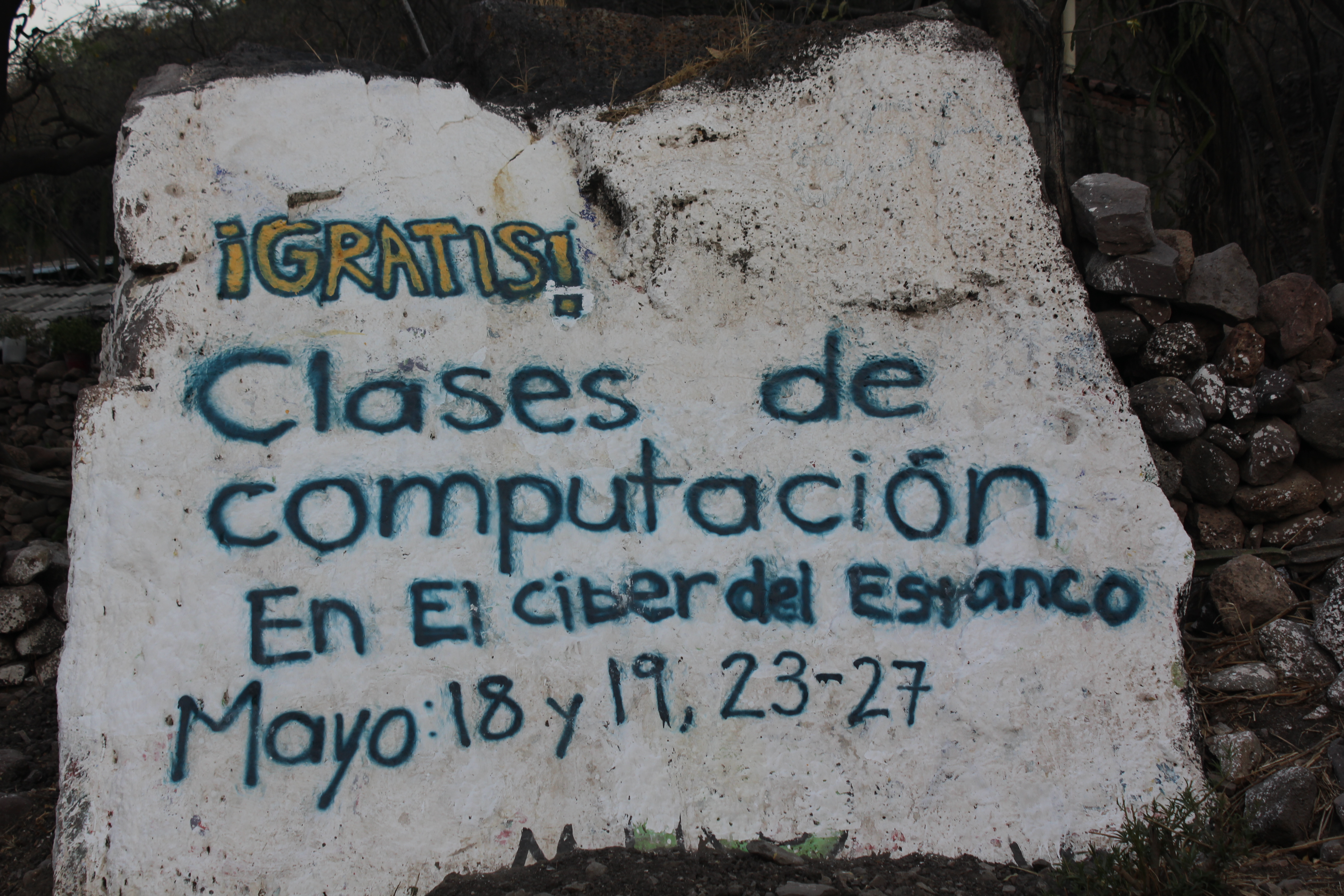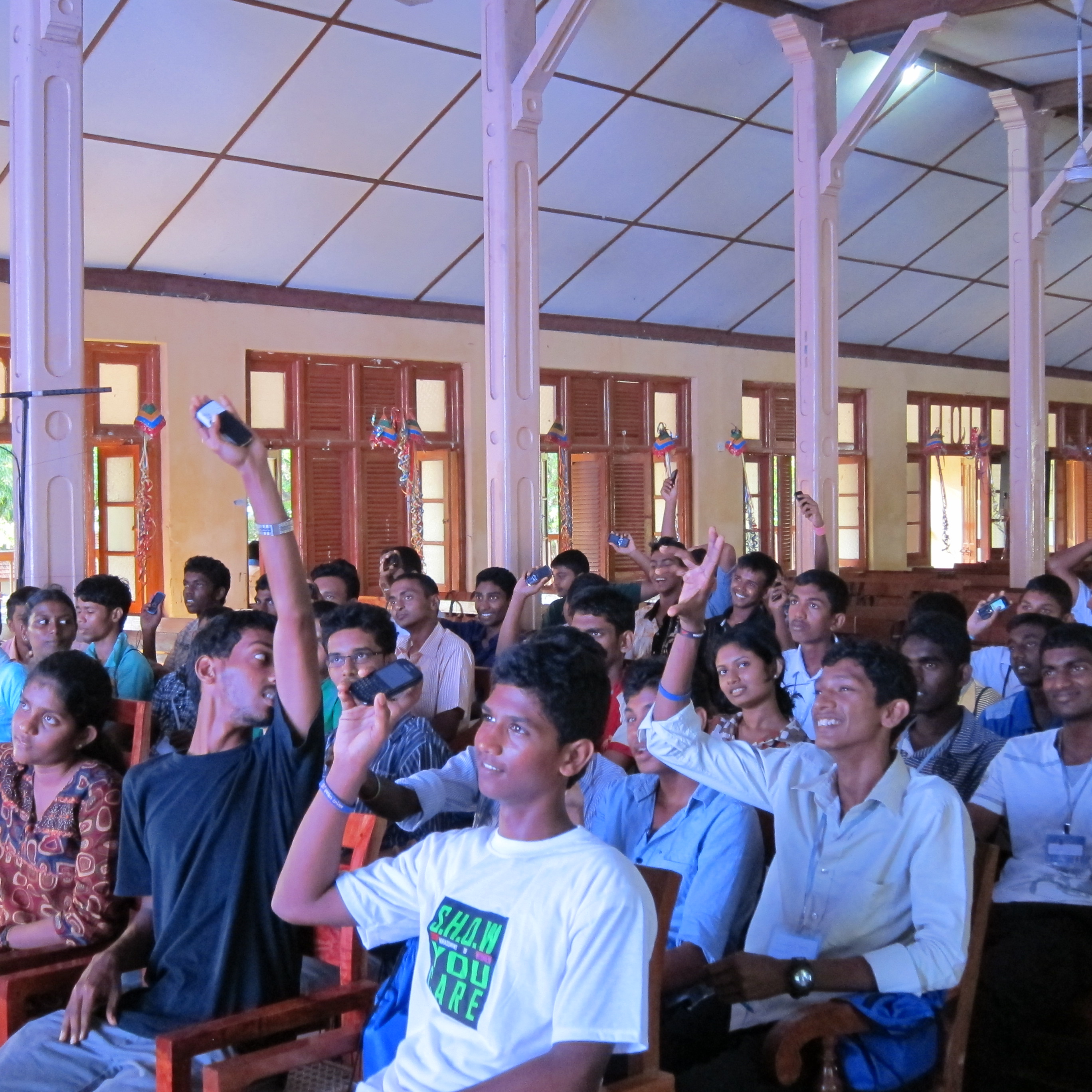The end of September 2011 witnessed scattered renewed protests in Sudan against the hike in prices of food and other basic necessities. There is hope that these “food protests” can be a game changer for Sudan’s citizens if we take the time to learn from recent mistakes and from the successes of others.
The Sudanese youth activists, after Tunis and during Egypt’s revolution concluded, rather naively, that it is the digital tools that make revolutions and not the people. In mid-January 2011, a group, calling itself “Sharara-Youth for Change” (Sharara, meaning spark) created a Facebook page and called for national protests on January 30.
Not only were the organizers of this protest not known to the mainstream civil society, but the call for protests was limited to Facebook, and lacked coordination and clear communication with civil society groups, political opposition parties and most importantly, normal citizens. The call for protests was within a week after the creation of the Facebook page, not giving enough time for fans of the page to grow in number, to communicate, to create strong links, to discuss strategies, and to share tips on how to handle police violence or arrests, and where to assemble before heading to the assigned protest locations.
Regardless of all these apparent organizational weaknesses, a few thousand people (mainly youth and university students) responded to this call, with protests taking place in Khartoum and Omdurman. The January 30 protests lasted a good two weeks, with a considerable number of reported arrests and torture during detention–a clear sign that the regime wants to deter future protests. However, the protests were eventually repressed by the regime.
In this case, the events in Egypt were taken out of their historical context by assuming that picking a date and calling for national protests on social media platforms will generate the same street reaction seen in Egypt. This makes me recall the timely advice that a member of the April 6 Egyptian youth movement gave me earlier this year: “Revolutions cannot be imported nor exported”.
A Sudanese activist who was arrested in the January 30 protests gave me the following account:
“Most of us heard of the protests online from Facebook. We did not know the organizers in person and in most cases none of us knew who else would show up. There was a feeling of optimism as it was after the Tunisian revolt. As we arrived in pairs or small groups, we were at first fooled because we did not see any police presence—the Sudanese security agents were wearing civilian clothes and mingled well. They started arresting us as we arrived and forced us into vehicles. It was easy for them, we were not prepared and we could not resist given our limited numbers.”
This may go down in the books as a classic example of activists thinking that a click of the button can cause meaningful change. The culprit was partly the lack of experience of those who called for these protests coupled with, what at first was, overly optimistic media coverage of the Egyptian and Tunisian revolts that focused (probably too much) on the use of digital social media by tech savvy middle class youth in the short weeks before the protests and during the protests. This made it seem as if those revolts were the work of spontaneous coincidence and good luck. But if we dig deeper the picture is different, especially when we consider that only 25 percent of Egypt’s population has internet access and about 5 million reported to have Facebook accounts before the revolution (the statistics are probably similar in Tunisia).
This selective media narrative neglected to focus on the long-term struggle of labor and trade union movements, activists, civil society groups, opposition movements, and bloggers and citizen journalists in both Tunisia and Egypt (where some Egyptian activists assert that this revolution was in the making for at least the last decade if not more. Some even claim that the roots go as far back as the bread riots of 1977).
There were strong social networks and organizing in those countries long before social media came into being. I am not trying to totally discredit the role that digital technology played here. What I am trying to do is caution against the thinking that technology can be the main catalyst of revolutions.
The level of coordination and organization that was witnessed in Egypt before and after January 25 reflected longer-term relationships and linkages between civil society groups, opposition parties and communities that had limited online presence. For example, a pamphlet entitled, How to Protest Intelligently was circulated on the streets of Cairo prior to the Friday January 28 protests. It showed that there was a high level of strategic thinking behind the planning of these protests. This pamphlet was a step-by-step guide to protesters covering Cairo’s most populated districts (distributed mainly through e-mail and by hand). The hope was that a high number of rallies would strain the security forces. The pamphlet detailed the main demands behind the protests as well as gave clear directions on peaceful civil disobedience and advice on what to wear, how to protect one’s self and others from attacks by the police, and how to expand the size of protests while avoiding security forces.
Some reports indicate that the organizers engaged in strategic non-violence by announcing locations of assembly and then changing them on the day of the protest to trick security forces and minimize direct clashes with the protesters.
The main message we are getting from Egyptian activists (like Alaa Abd el Fattah and Wael Ghonim) about the role technology played in mobilizing the masses, is that new-media and social networking tools helped provide a platform where, “a single narrative that talks about revolution” can be shared with a diverse public that was otherwise difficult to reach.
In Sudan, we are still not seeing the level of coordination and collaboration seen before and during the Egyptian revolt—whether online or offline. However, the recent food protests are a sign that the citizens on the street are ready – when will Sudanese activists and political parties get their act together and join them?
Dalia Haj-Omar is a Sudanese civil and human rights activist currently based in Geneva, Switzerland. Her work focuses on democratic transformation and civil society development, and she actively uses digital tools and media to manage coordination with groups based in Sudan. You can visit her blog at http://daloya.blogspot.com/


